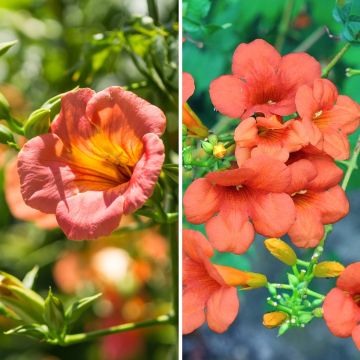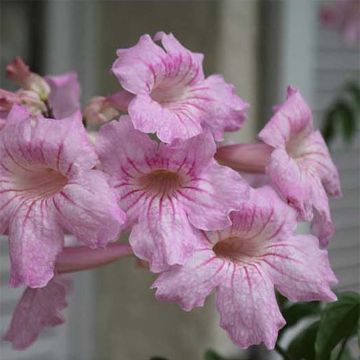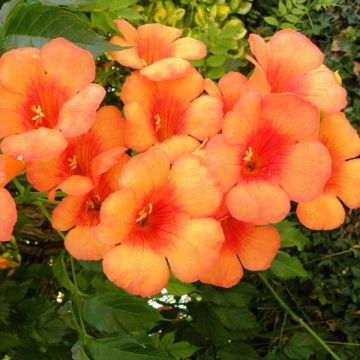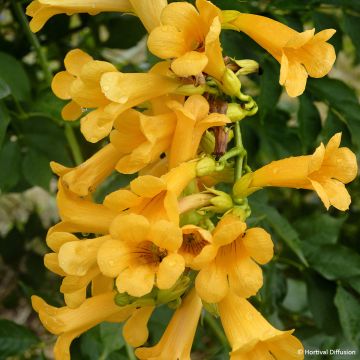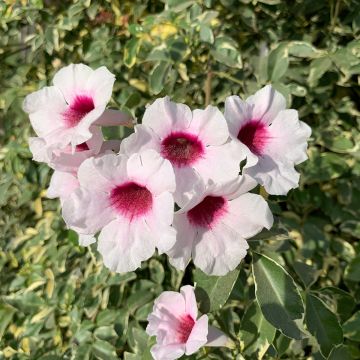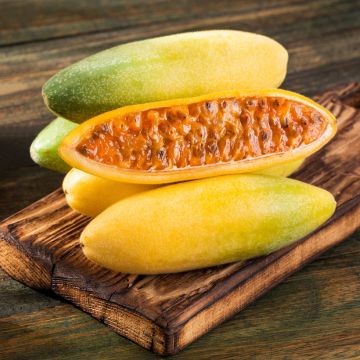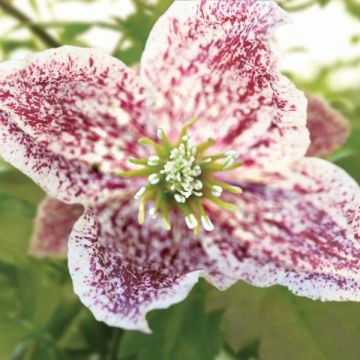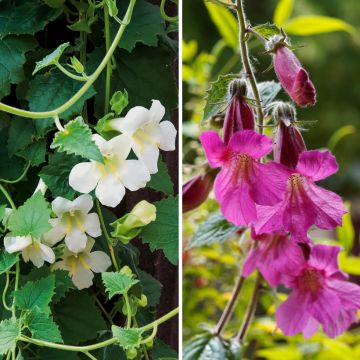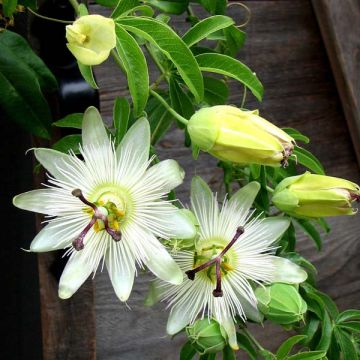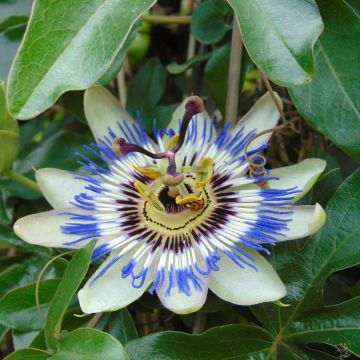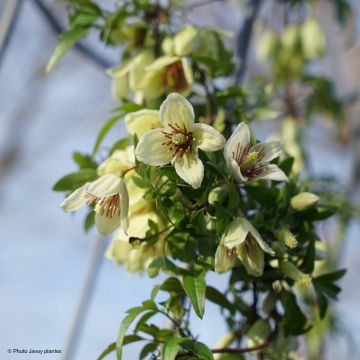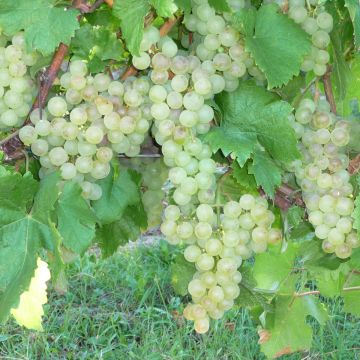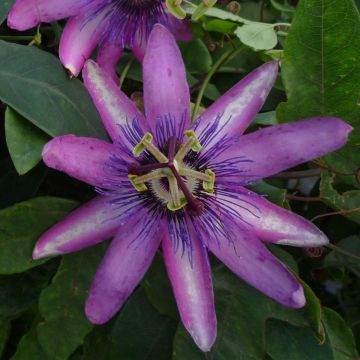

Campsis x tagliabuana Summer Jazz Gold
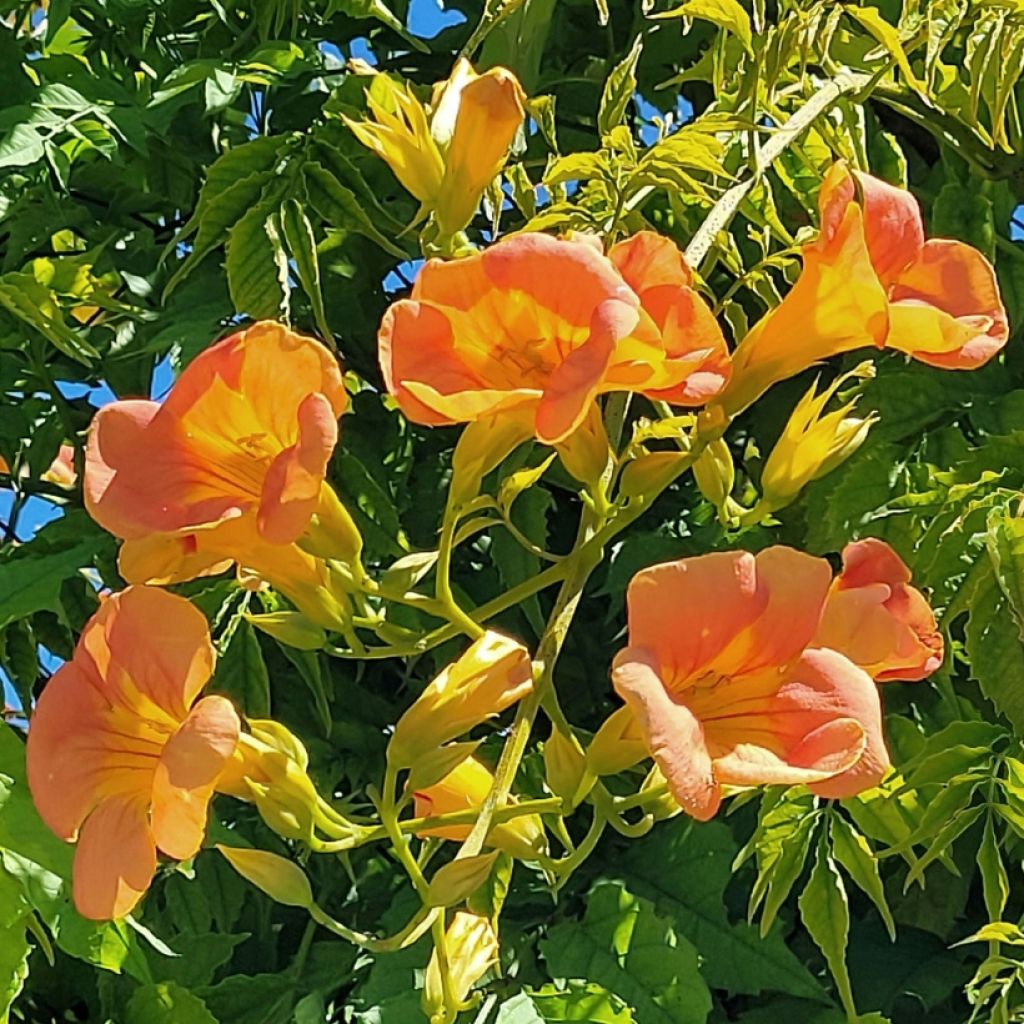

Campsis x tagliabuana Summer Jazz Gold
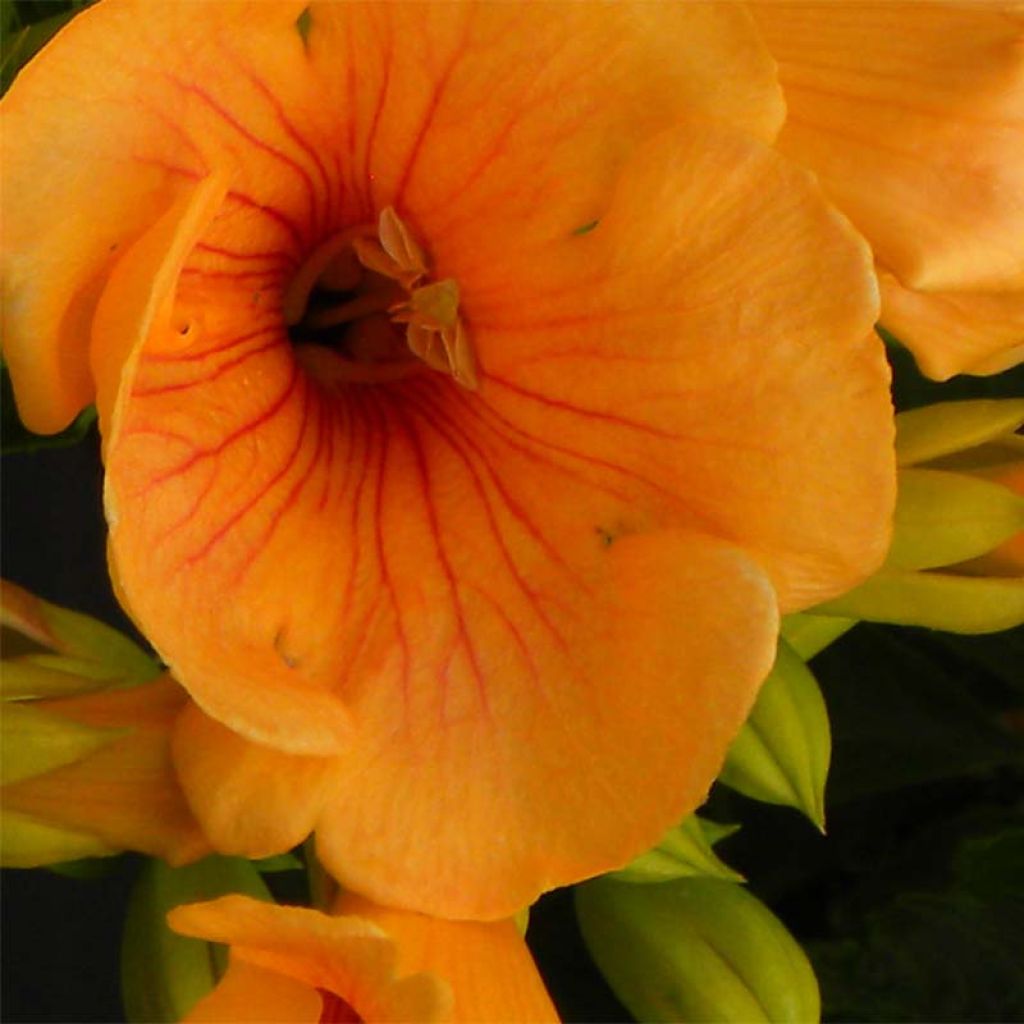

Campsis x tagliabuana Summer Jazz Gold
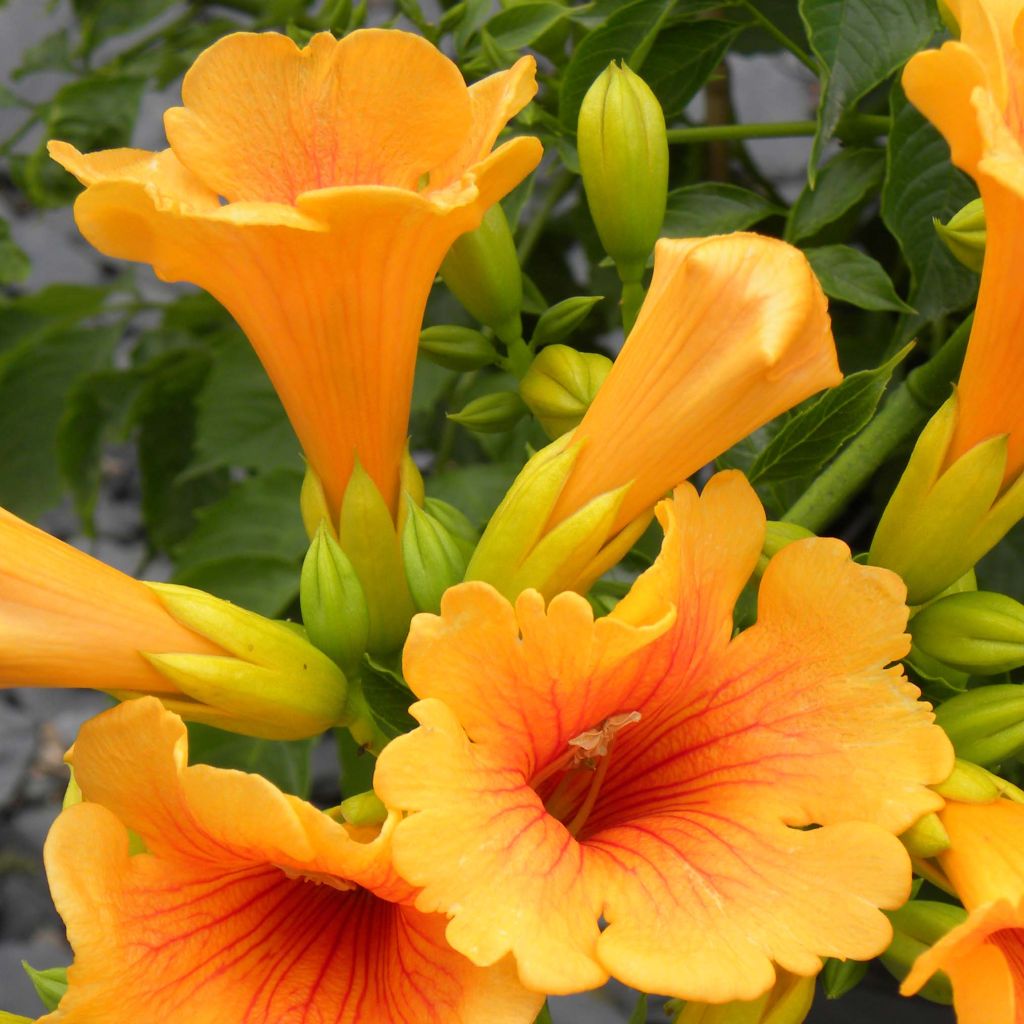

Campsis x tagliabuana Summer Jazz Gold
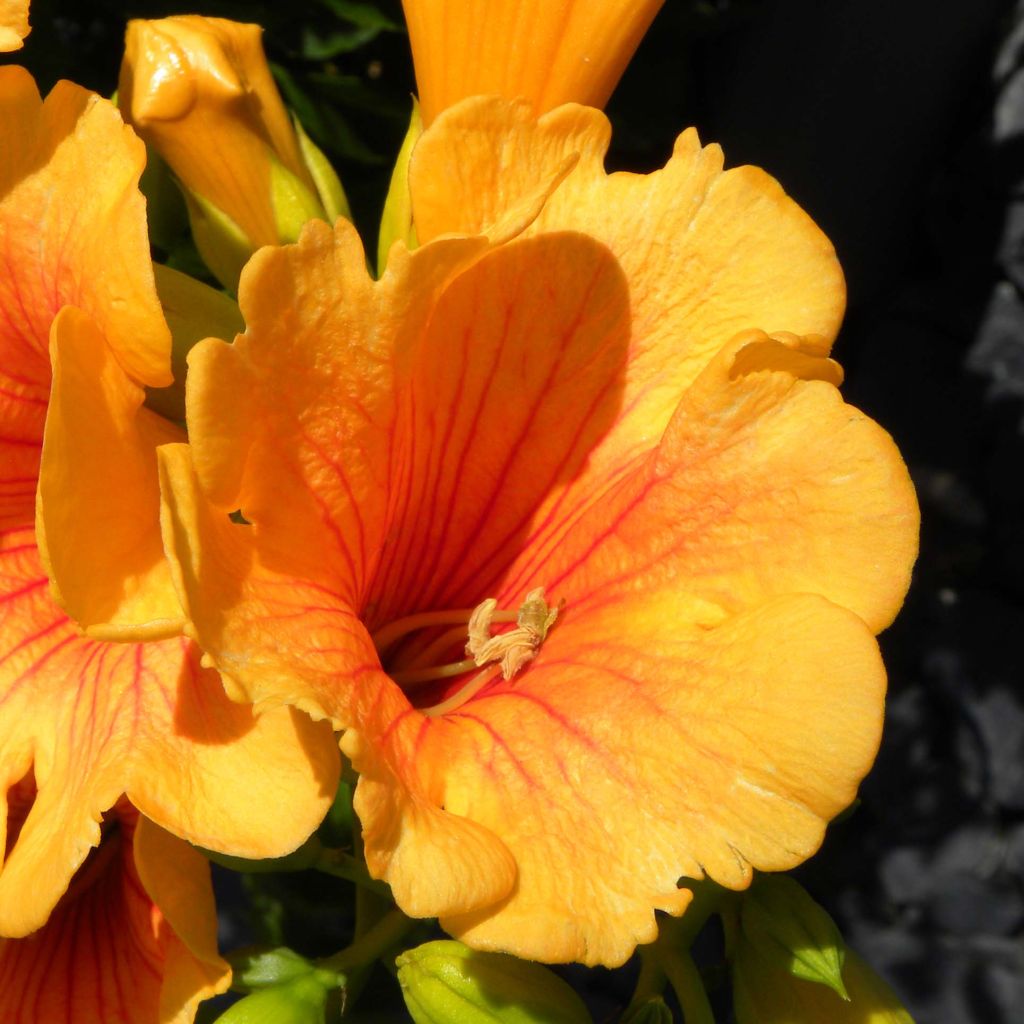

Campsis x tagliabuana Summer Jazz Gold


Campsis x tagliabuana Summer Jazz Gold
Campsis x tagliabuana Summer Jazz Gold
Campsis x tagliabuana Summer Jazz® Gold®
Trumpet Vine
Plant in very good condition received well protected, we will see in the spring.
Chacha , 06/12/2024
Special offer!
Receive a €20 voucher for any order over €90 (excluding delivery costs, credit notes, and plastic-free options)!
1- Add your favorite plants to your cart.
2- Once you have reached €90, confirm your order (you can even choose the delivery date!).
3- As soon as your order is shipped, you will receive an email containing your voucher code, valid for 3 months (90 days).
Your voucher is unique and can only be used once, for any order with a minimum value of €20, excluding delivery costs.
Can be combined with other current offers, non-divisible and non-refundable.
Home or relay delivery (depending on size and destination)
Schedule delivery date,
and select date in basket
This plant carries a 6 months recovery warranty
More information
We guarantee the quality of our plants for a full growing cycle, and will replace at our expense any plant that fails to recover under normal climatic and planting conditions.
Would this plant suit my garden?
Set up your Plantfit profile →
Description
Campsis x tagliabuana Summer Jazz® Gold® is part of a series of hybrid Trumpet Vines selected for their very compact growth, perfectly suited for small spaces but also for container cultivation on sunny terraces and balconies. 'Gold', as its name suggests, offers large clusters of beautiful golden yellow trumpets, finely veined with blood orange at the throat, throughout the summer and almost along its entire height. Resolutely different, this yellow Trumpet Vine is also distinguished by its long, deeply cut leaves, a bright and light green that turns a beautiful golden hue in autumn before falling.
Campsis x tagliabuana is a plant from the Bignoniaceae family, resulting from the cross-breeding between Campsis radicans, native to the hot and dry regions of the southeastern United States, and Campsis grandiflora, native to China. Obtained around 1850 in the Tagliabue nursery near Milan, it possesses the excellent hardiness of its American parent and the strong tendrils and large spectacular flowers of its Asian ancestor.
The cultivar Summer Jazz Gold ('Takarazuka Yellow') belongs to the Summer Jazz Trumpet Vine series, developed in Japan in the city of Takarazuka during the years 2007-2008. The plants in this series, perfectly cold-resistant, are characterised by a very compact habit and a fairly exceptional flowering, which appears near the base of the plant and along almost its entire height.
This small deciduous climber with fairly slow growth has a very bushy habit and will not exceed 3m (10ft) in all directions after many years. Its growth is also easily contained by regular pruning. The abundant and generous flowering of 'Summer Jazz Gold' occurs from the first years of cultivation. It starts in July in average climates, sometimes as early as June in mild climates, and continues until September. The flowers bloom in the axils of the leaves, in clusters measuring up to 30 cm (12in), sometimes with up to 60 trumpet-shaped flowers measuring 7 to 8 cm (3in) long. Each flower has a tube that opens into 5 lobes. Their colour evolves from bright yellow to a warmer golden yellow, shaded with apricot. The throat of the flower, more orange and traversed by fine veins of a reddish orange, is occupied by short arching stamens. The deciduous foliage, a fairly light green, is composed of large leaves reaching 30 to 40 cm (12 to 16in) in length, finely cut into 11 to 15 lanceolate leaflets with crenate edges. The autumn foliage, particularly bright in this Summer Jazz Gold variety, displays a beautiful golden yellow colour. It is its tendrils that allow the plant to cling to its support.
Campsis x tagliabuana 'Summer Jazz Gold' finds its place in all gardens, even the smallest ones, and confidently invites itself onto any sunny patio. Of modest stature, shaped by regular pruning, it will become an extraordinary bush in the middle of a flower bed, becoming the focal point of a small garden. It can be used everywhere, to dress up a wall sheltered from cold winds, an unsightly building, a fence, a pillar, or a gnarled small tree. Its tendrils take over this providential structure, covering its forms with a lush green mane brilliantly flowering for 3 months. Perennials or small bushes such as violet, blue, and fuchsia pink shrubby salvias, a Ceratostigma with small unreal blue flowers, daylilies, mauve and blue small-flowered asters, and variegated Euphorbia can be planted at its base. The spectacle is magical from July to September. For example, you can associate it with other climbing plants such as Sollya heterophylla, a sky blue annual morning glory (Heavenly Blue), or the Clematis H F Young, a very blue variety, to create a colourful scene.
Report an error about the product description
Campsis x tagliabuana Summer Jazz Gold in pictures
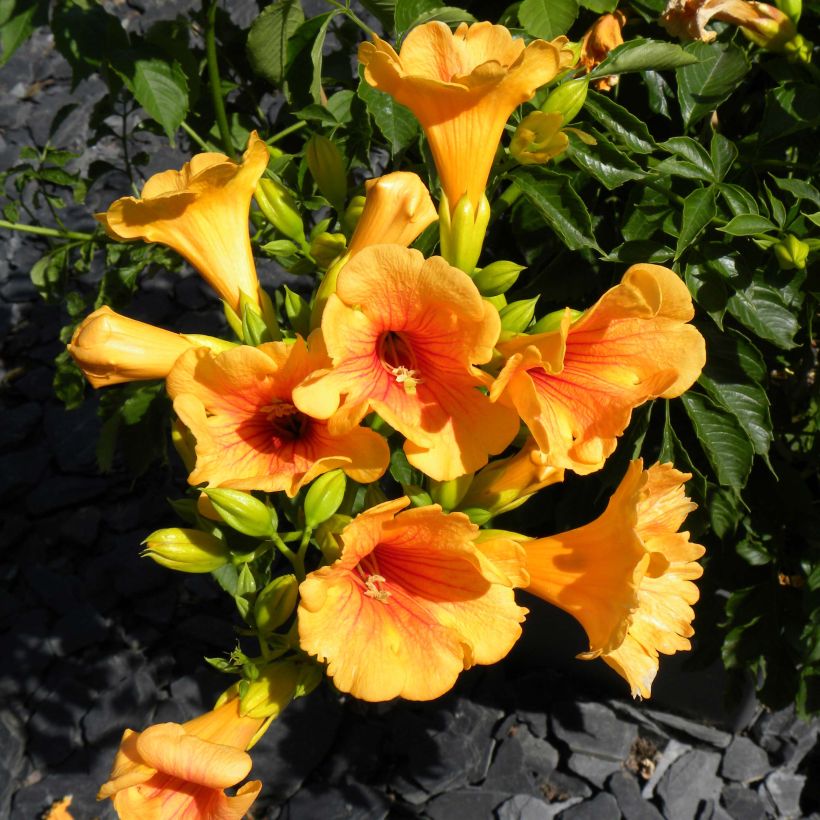

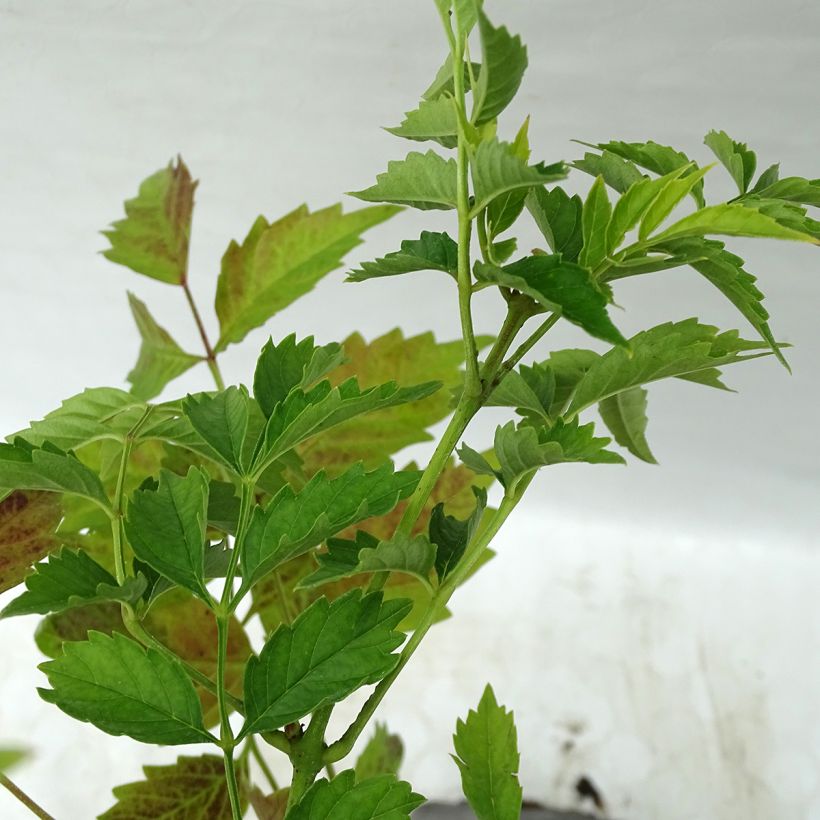

Plant habit
Flowering
Foliage
Botanical data
Campsis
x tagliabuana
Summer Jazz® Gold®
Bignoniaceae
Trumpet Vine
Cultivar or hybrid
Other Campsis - Trumpet Creeper
View all →Planting and care
The Summer Jazz Gold trumpet vine is a plant that is undemanding in terms of soil type, but it dislikes heavy, compact, poorly-drained soils where moisture can stagnate. If the soil in your garden is too heavy, incorporate coarse sand or gravel before planting. It can grow in any well-drained garden soil, even if it is quite poor and slightly chalky. It prefers a sunny position, except in the south of our country where it will thrive in partial shade. Plant it along a well-exposed wall or against a tree, guiding it with a stake. Water regularly in the first summers, or during prolonged periods of drought. Once established, the plant can tolerate moderate drought periods, especially if it is planted in deep soil. In the first few years, protect its base from heavy frost with a thick mulch. Pruning is not essential. If necessary, prune in late winter or early spring. In August-September, remove faded branches as well as the oldest shoots identifiable by their cracked bark.
This trumpet vine can be trained as a small tree, just like a wisteria. Select the most beautiful stem that you will train on a sturdy stake deeply planted in the ground. Then remove the secondary branches up to the desired height to form a trunk. Prune every year by removing branches that detract from the overall habit.
Trumpet vines are often visited by ants that come to collect sweet exudates produced by aphids that settle at the tips of the shoots, usually without causing any harm to the plant. Powdery mildew can affect the trumpet vine. Watch out for the appearance of mealybugs.
Planting period
Intended location
Care
-
, onOrder confirmed
Reply from on Promesse de fleurs
Similar products
Haven't found what you were looking for?
Hardiness is the lowest winter temperature a plant can endure without suffering serious damage or even dying. However, hardiness is affected by location (a sheltered area, such as a patio), protection (winter cover) and soil type (hardiness is improved by well-drained soil).

Photo Sharing Terms & Conditions
In order to encourage gardeners to interact and share their experiences, Promesse de fleurs offers various media enabling content to be uploaded onto its Site - in particular via the ‘Photo sharing’ module.
The User agrees to refrain from:
- Posting any content that is illegal, prejudicial, insulting, racist, inciteful to hatred, revisionist, contrary to public decency, that infringes on privacy or on the privacy rights of third parties, in particular the publicity rights of persons and goods, intellectual property rights, or the right to privacy.
- Submitting content on behalf of a third party;
- Impersonate the identity of a third party and/or publish any personal information about a third party;
In general, the User undertakes to refrain from any unethical behaviour.
All Content (in particular text, comments, files, images, photos, videos, creative works, etc.), which may be subject to property or intellectual property rights, image or other private rights, shall remain the property of the User, subject to the limited rights granted by the terms of the licence granted by Promesse de fleurs as stated below. Users are at liberty to publish or not to publish such Content on the Site, notably via the ‘Photo Sharing’ facility, and accept that this Content shall be made public and freely accessible, notably on the Internet.
Users further acknowledge, undertake to have ,and guarantee that they hold all necessary rights and permissions to publish such material on the Site, in particular with regard to the legislation in force pertaining to any privacy, property, intellectual property, image, or contractual rights, or rights of any other nature. By publishing such Content on the Site, Users acknowledge accepting full liability as publishers of the Content within the meaning of the law, and grant Promesse de fleurs, free of charge, an inclusive, worldwide licence for the said Content for the entire duration of its publication, including all reproduction, representation, up/downloading, displaying, performing, transmission, and storage rights.
Users also grant permission for their name to be linked to the Content and accept that this link may not always be made available.
By engaging in posting material, Users consent to their Content becoming automatically accessible on the Internet, in particular on other sites and/or blogs and/or web pages of the Promesse de fleurs site, including in particular social pages and the Promesse de fleurs catalogue.
Users may secure the removal of entrusted content free of charge by issuing a simple request via our contact form.
The flowering period indicated on our website applies to countries and regions located in USDA zone 8 (France, the United Kingdom, Ireland, the Netherlands, etc.)
It will vary according to where you live:
- In zones 9 to 10 (Italy, Spain, Greece, etc.), flowering will occur about 2 to 4 weeks earlier.
- In zones 6 to 7 (Germany, Poland, Slovenia, and lower mountainous regions), flowering will be delayed by 2 to 3 weeks.
- In zone 5 (Central Europe, Scandinavia), blooming will be delayed by 3 to 5 weeks.
In temperate climates, pruning of spring-flowering shrubs (forsythia, spireas, etc.) should be done just after flowering.
Pruning of summer-flowering shrubs (Indian Lilac, Perovskia, etc.) can be done in winter or spring.
In cold regions as well as with frost-sensitive plants, avoid pruning too early when severe frosts may still occur.
The planting period indicated on our website applies to countries and regions located in USDA zone 8 (France, United Kingdom, Ireland, Netherlands).
It will vary according to where you live:
- In Mediterranean zones (Marseille, Madrid, Milan, etc.), autumn and winter are the best planting periods.
- In continental zones (Strasbourg, Munich, Vienna, etc.), delay planting by 2 to 3 weeks in spring and bring it forward by 2 to 4 weeks in autumn.
- In mountainous regions (the Alps, Pyrenees, Carpathians, etc.), it is best to plant in late spring (May-June) or late summer (August-September).
The harvesting period indicated on our website applies to countries and regions in USDA zone 8 (France, England, Ireland, the Netherlands).
In colder areas (Scandinavia, Poland, Austria...) fruit and vegetable harvests are likely to be delayed by 3-4 weeks.
In warmer areas (Italy, Spain, Greece, etc.), harvesting will probably take place earlier, depending on weather conditions.
The sowing periods indicated on our website apply to countries and regions within USDA Zone 8 (France, UK, Ireland, Netherlands).
In colder areas (Scandinavia, Poland, Austria...), delay any outdoor sowing by 3-4 weeks, or sow under glass.
In warmer climes (Italy, Spain, Greece, etc.), bring outdoor sowing forward by a few weeks.































